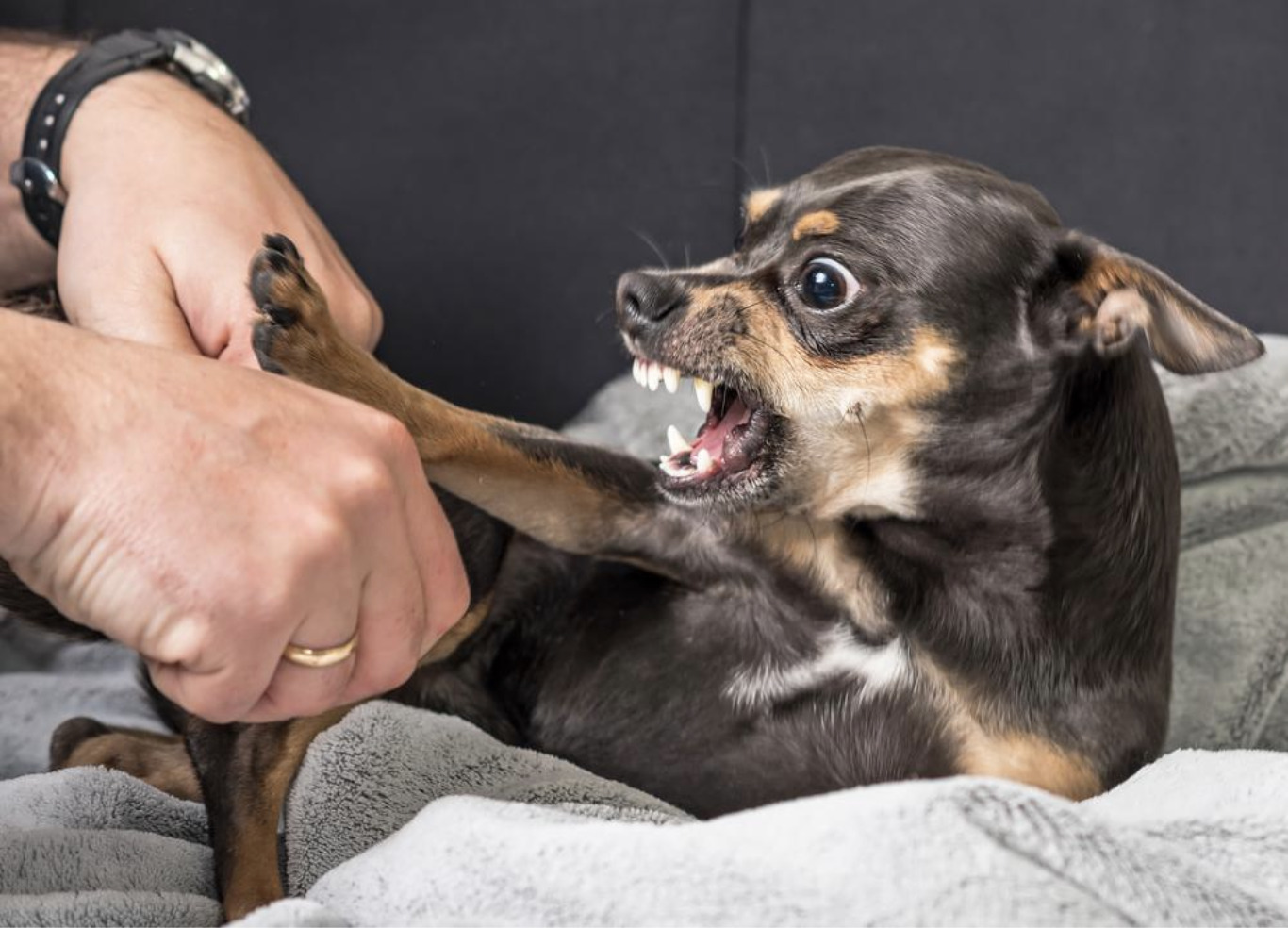“Bad Dog” “No!” “Stop that!” “Sit!”
How many times in a day do you scold your dog for their lousy behaviour using these words? If you are reading this article, then chances are more than once. But before you read the article, the most important thing to know is that punishments don’t work. Often, a dog will learn to hide their bad behavior.
According to a study, 29.7% of young dogs die due to undesirable behaviour. The most common bad behaviour reported in this study is aggression. We will discuss the seven most common bad dog habits and what you can do to break them. Follow these tips and tricks but consult an animal behaviourist if things get out of hand. Professional help is also ways great to have to train your dog appropriately.
Chewing on things they should not chew on
Dogs have an instinct to chew on things. They love exploring the environment, and it also helps in relieving boredom. Another benefit of chewing is that it helps clean your dog’s teeth. But teaching your dog what is appropriate to chew on is essential.
Chewing may also be one of the reasons why dogs have seizures since they may even chew on poisonous household detergent bottles. Do not punish your dog for the bad habit of inappropriate chewing. Give them plenty of chew toys to play with. After that, keep treats on hand and direct them towards these toys. When you see them chewing on their toys, praise them so they know this is the right choice.
If you are a puppy owner, then check them for teething. Teething can irritate your dog’s gums and lead to inappropriate chewing habits. In such cases, buy them toys specially made for teething puppies.
Excessive digging
Digging is something that dogs do to relieve build-up energy or to find a scent. Either way, this habit can get annoying if your dog constantly destroys your yard or flower beds. You may even see them digging to hide things like bones or toys.
To get rid of this bad behavior, take your dog for exercise and spend time with them. If the habit does not break, try keeping a sandbox for free digging. Train your dog and let them know that only a particular area is suitable for digging. You can also add treats and toys to that area to make it more enjoyable for your pet.
Begging for food
Does your dog come up to the table with their puppy dog face and beg you for food? It may look cute initially, but eventually, it may become a bad habit. Dogs repeat any behavior that gives them any reward. If you give them food from the table once, they will probably beg for it again.
It would be best if you did not feed your dog anything at the dining table to stop this behavior. Ensure that no one in the family provides them too. Your dog will learn that begging for food does not award him anything, and he will stop. You can also train your dog to go to his bed during dinner time. Another option is to plan his meal time the same as yours so that both of your can have your meals peacefully.
Leash pulling
Like all the bad habits mentioned above, leash pulling is also something that the dogs learn because it has been rewarding in the past. When a dog pulls your leash, and you move in whichever direction they take you, they consider it a reward.
In easier words, to stop leash pulling, you need to stop your dog from moving forward unless you want them to. When your dog pulls on your leash, stop and stand firm. Do not allow your dog to move forward.
If your pet does not relax, walk in the opposite direction. It may sound easy, but this exercise requires a lot of patience and practice. Always buy a no-pull harness and avoid the standard collar. Harnesses allow you to take control of your dog and give you a better grip.
Separation anxiety
Separation anxiety is one of the most common destructive behaviors that disturb the owner’s peace of mind. Dogs usually howl, bark, urinate or defecate to show anxiety symptoms. The dogs may show other destructive behavior when the owners are not around. The main signs of separation anxiety include:
- Your dog gets anxious as soon as he sees you preparing to leave
- Misbehaving 15 to 45 minutes after you go
- The dog will follow you around constantly
Separation anxiety requires training with dedication, modification of behavior and desensitization exercises. In some cases, the vet may even prescribe medication. Desensitization exercises start with you leaving your dog for 5 minutes. You will then have to gradually increase the duration so they get used to being alone.
Jumping up
Jumping up is standard behavior for dogs, especially with their owners. It may look cute at first, but it can get annoying for others around. Dogs must not be allowed to jump on strangers or anyone they see in public.
Pups jump up on their two feet to greet their mothers. They also do the same to you because they consider you their parent. It is an act that your puppy may display when he is excited. You can use several methods to stop a dog from jumping, but not everyone will be successful.
Jumping up is an attention-seeking behaviour, and acknowledging the act may be a reward. The simplest method to avoid this bad behavior is to walk away and ignore your dog. When your dog relaxes and stays still, you reward him.
Biting
Dog biting and nipping is an instinctive behaviour they have developed since they were puppies. They consider it a playful gesture. But teaching your dog that biting and nipping is unacceptable is essential. Other reasons for biting and nipping include
- Feeling of fear
- Feeling of defensiveness
- Protection
- Pain
- Sickness
- Predatory instinct
If your dog bites or nips you, make a loud noise. After that, remove your dog from the room for a certain period; it may sound like a time-out. Despite this, if your dog continues to bite or nip, then consider asking for professional help.
Conclusion
Dogs are habitual creatures. They catch on to anything that is rewarding or gets their attention. In such an instinct, they continue to repeat the behavior, which forms a habit. The owners and their families need much effort to stop dogs bad behavior.
Patience is the key, and you must keep all of it. Establish clear guidelines and boundaries. Keep your canine away from destructive behaviors and steer them toward the good ones. Any dog trainer or professional behaviorist can also guide you in such cases.




Leave a Comment